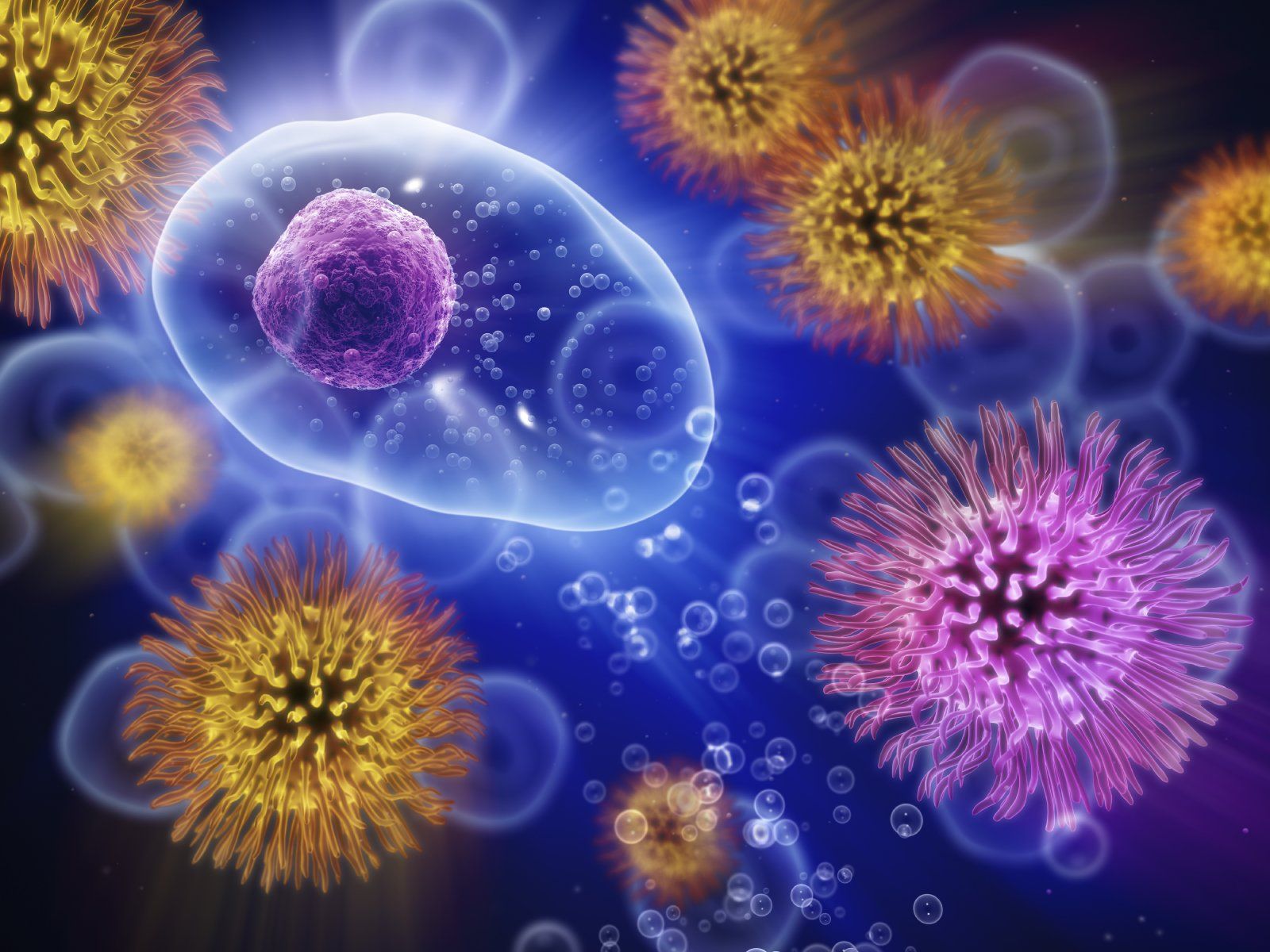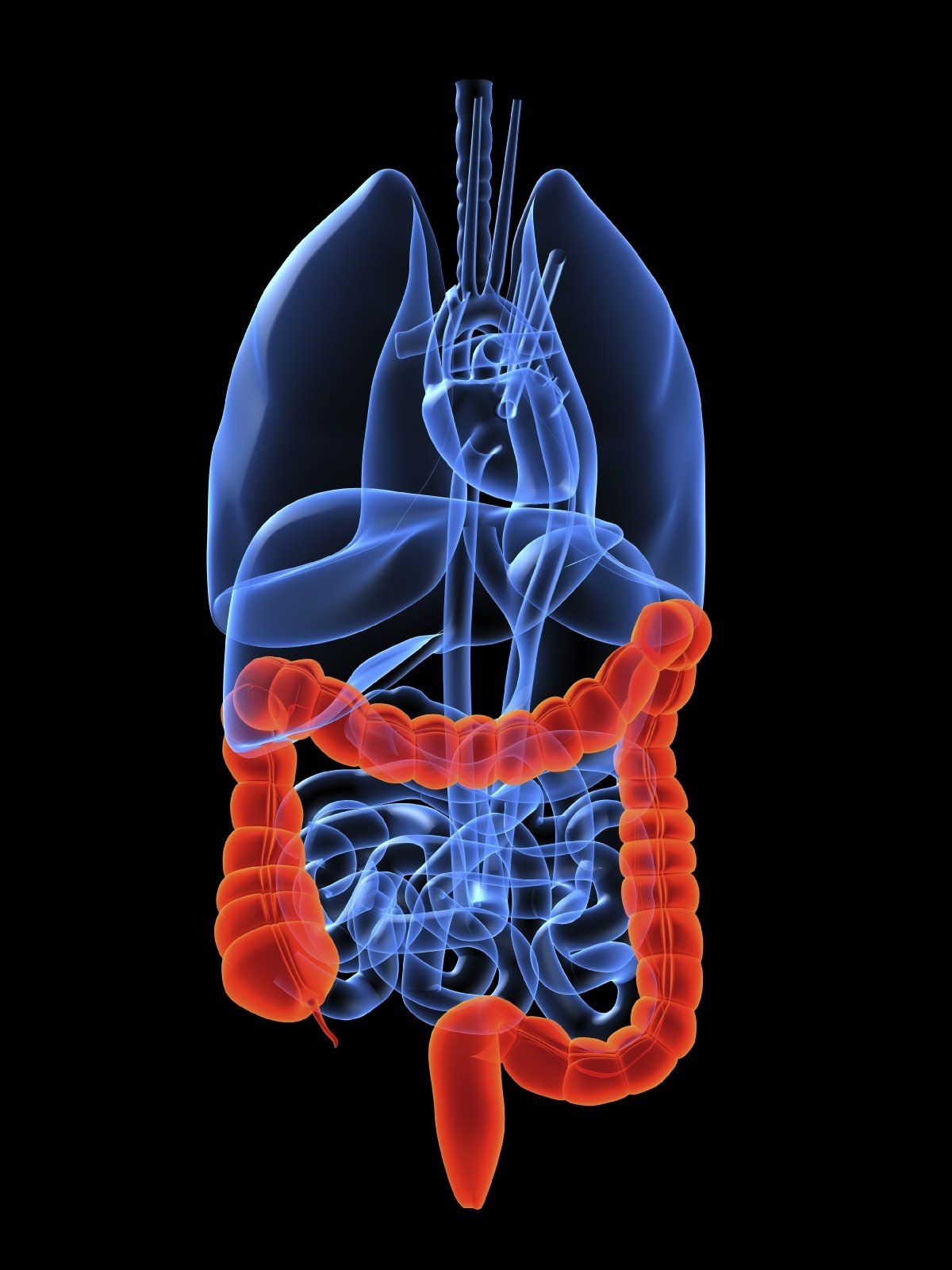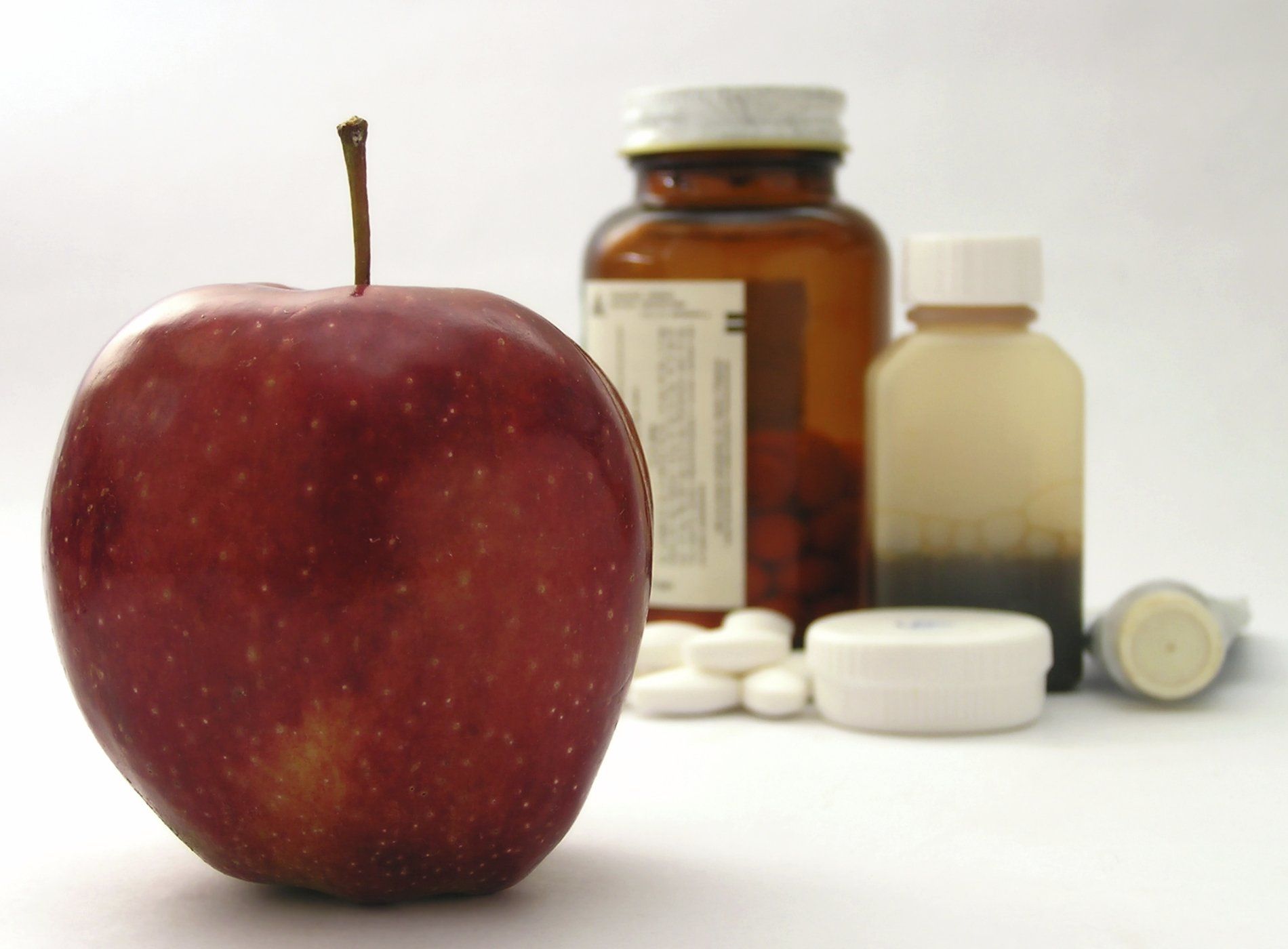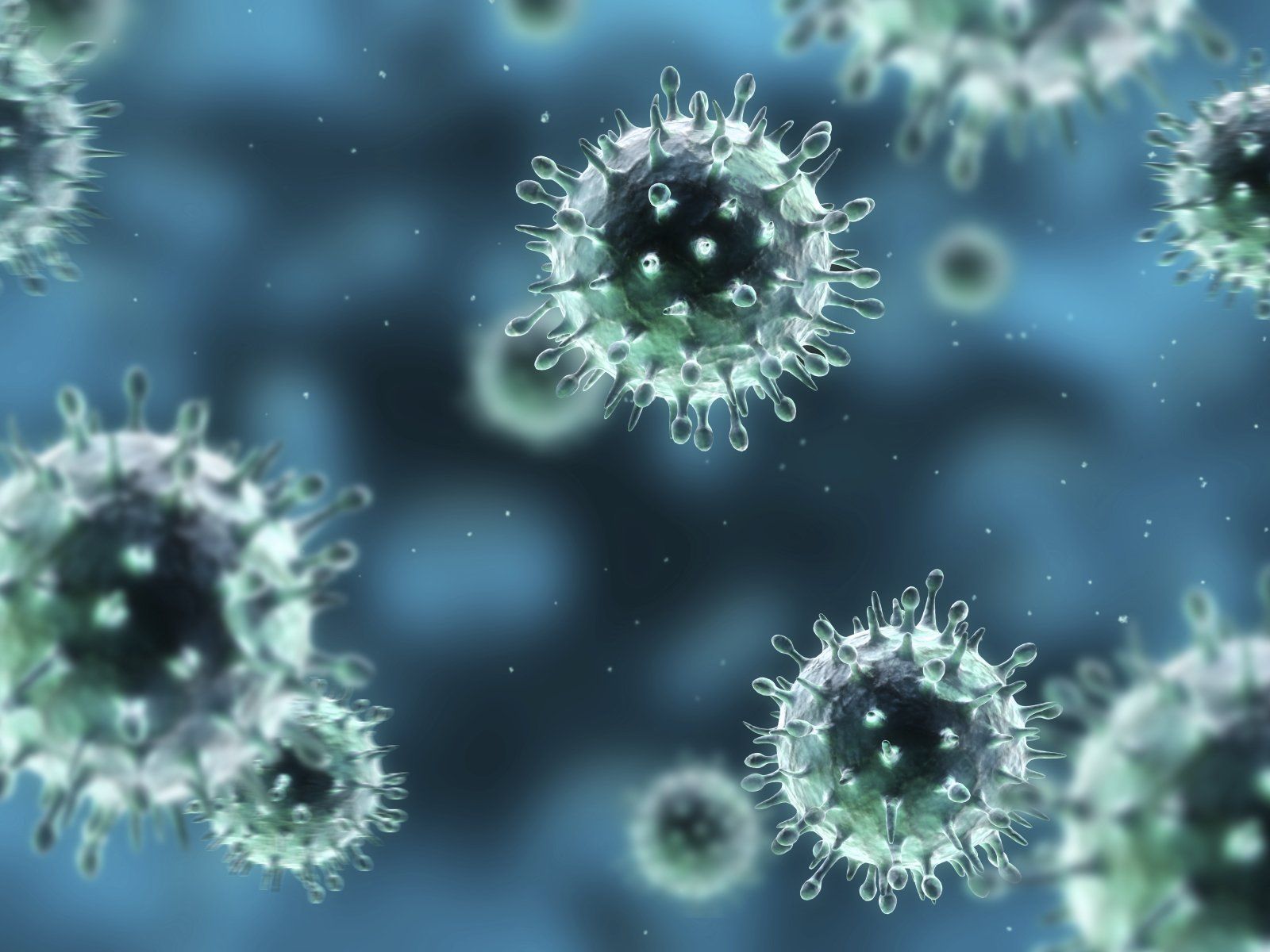4️⃣ HygieneInfectious diseases aremost often by theHands transmit. Regular and thorough hand washing protects!
Germs lurk everywhere...
Viruses and bacteria are found on almost
all surfaces and can be transmitted, for example, when using the toilet, stroking an animal or when sneezing.
Our hands are the ones that most often come into contact with viruses and bacteria (also called germs or pathogens). The germs we pick up can then be passed on when we shake hands or touch a door handle. It is just as dangerous if you touch your face with germ-contaminated hands, as the germs can enter the body via the mucous membranes, mouth or nose and cause an infection.
Washing or disinfecting your hands interrupts these transmission routes.
If hands cannot be washed immediately, avoid touching your mouth, eyes or nose with your hands or eating food with your hands.
Which diseases are caused by which germs?
Certain types of viruses can cause infectious diseases such as flu, colds, measles, mumps, chickenpox, hepatitis or even meningitis. There are practically no specific drugs against viruses, but some viral infections, such as flu, herpes and HIV, can be treated with so-called antiviral drugs. In many cases, they slow down the proliferation of viruses without killing them completely.
Certain types of bacteria can cause serious epidemics, such as diphtheria or cholera. Most diarrheal diseases are also caused by bacteria. Bacterial infections can be successfully treated with antibiotics. However, the number of resistant germs that can no longer be treated with antibiotics is increasing rapidly.
Fungal infections occur primarily on the skin and in the mouth and gastrointestinal tract. The most common diseases include stubborn foot and nail fungus infections. External fungal infections can be successfully treated with appropriate medication. However, fighting internal fungal infections is often very difficult or even unsuccessful due to the side effects of the medication.
Source:© Siemens Stiftung 2016. Content licensed under CC BY-SA 4.0 international
How do you protect yourself from transmission?
It is our responsibility to prevent the spread of germs and thus the transmission of diseases through certain hygiene measures. The most important and at the same time easiest way to prevent a large number of infections is to wash your hands carefully.
Source:© Siemens Stiftung 2016. Content licensed under CC BY-SA 4.0 international












